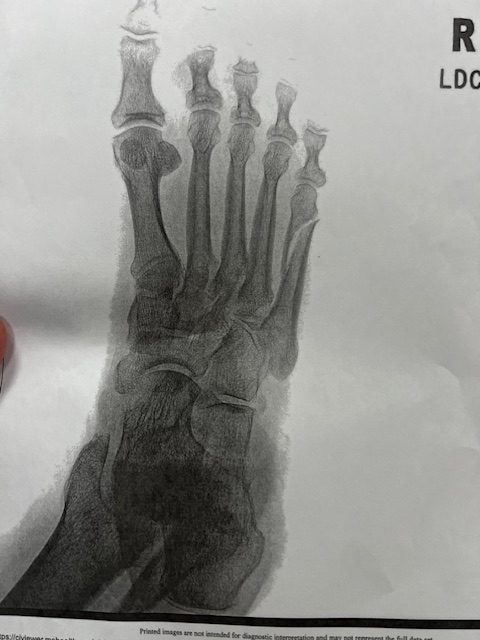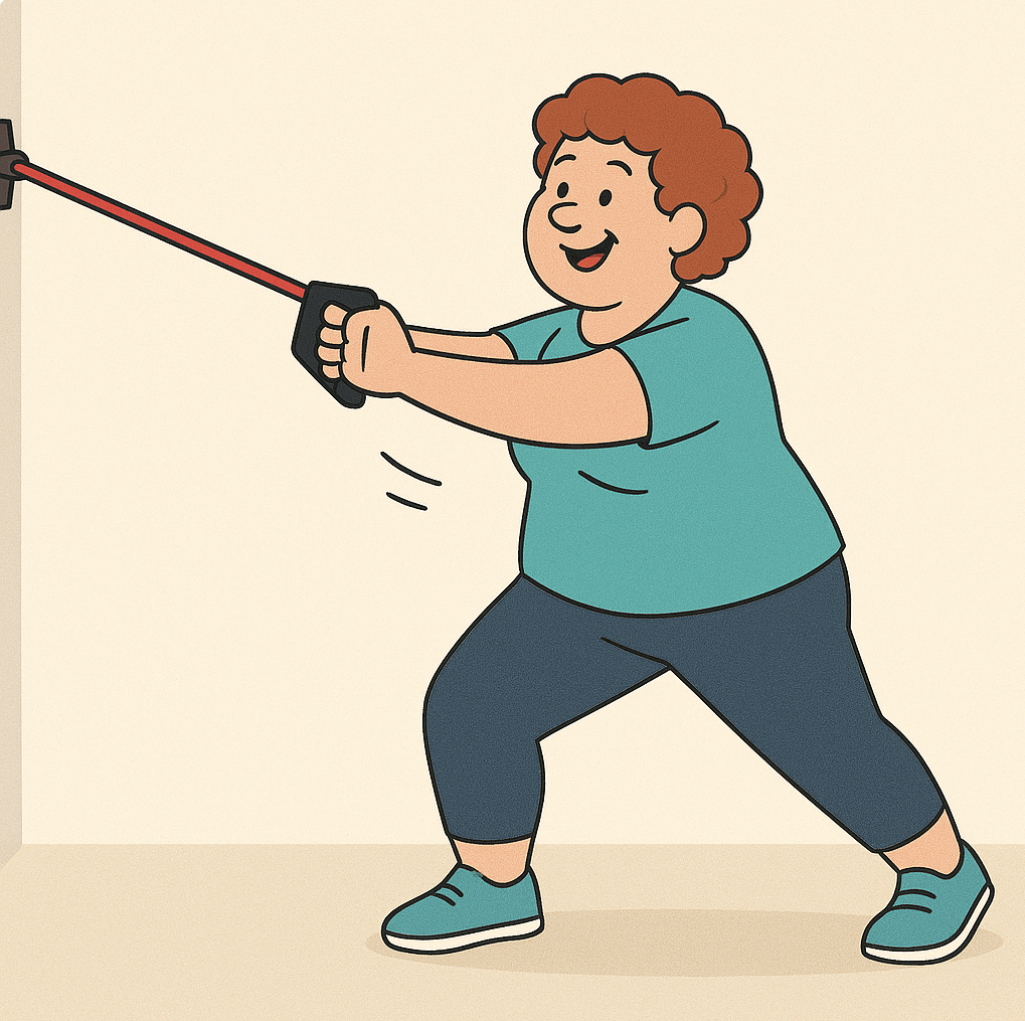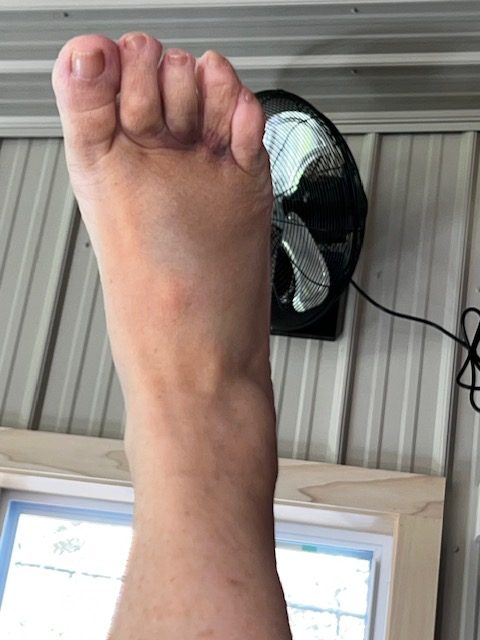Week 2: Re-Engineering Support Systems
Date: October 22, 2025
Project Manager: Ella Grant
Research Category: Physical Adaptability & Resilience
Subject ID: PAR-01-2025
Abstract
Two weeks post-fracture, the central challenge has shifted from crisis stabilization to system re-engineering. The Freedom Leg brace—intended to enable partial ambulation—introduced an unanticipated variable: mechanical drift toward weight-bearing. This phase explores how assistive technology must sometimes be redesigned to prevent regression, not merely facilitate motion.
Background
At the two-week mark, the body’s visible indicators of healing remain limited. X-rays at this stage primarily confirm whether the fracture has maintained alignment, not whether new bone matrix (callus) formation has begun. The absence of visible healing can test motivation and patience, particularly when mobility remains restricted.
The central question evolved:
How can we maintain conditioning and autonomy during enforced non-weight-bearing without compromising fracture integrity?
Observations
1. The Freedom Leg Problem
While conceptually brilliant, the Freedom Leg’s default mechanics shift the foot downward within the brace over time—transforming a non-weight-bearing device into a partial load-bearing risk. The device’s pivot points and strap geometry allow micro-slippage that converts support into subtle impact with each stride. The more fatigued the user becomes, the greater the drift.
A redesign is underway to maintain neutral suspension of the limb:
- Added forefoot support cradle to keep the heel suspended.
- Adjusted thigh-strap torque to reduce downward slide.
- Considering use of counterbalancing elastic bands to maintain constant elevation.
2. The Healing Mirage
The two-week x-ray revealed what most clinicians expect—no displacement, yet no visible healing progress. The critical insight: X-rays only reveal bone structure, not the invisible biochemical choreography of repair. The temptation to “test” the foot by weight-bearing prematurely is precisely what can convert a stable fracture into a displaced one.
The experimental protocol therefore remains strict:
- Zero weight-bearing through the right foot.
- No boot pressure beyond passive protection.
- Controlled seated or recumbent motion only.
3. Motion Without Load
Prolonged immobility deconditions circulation and neuromuscular tone. To counteract this, a Teeter Recumbent Elliptical (zero-resistance) has been ordered for trial. The goal is to simulate aerobic movement through upper-body and contralateral leg engagement while keeping the fractured foot passively mobile—mimicking the natural swing of walking without force transmission.
Projected benefits:
- Maintains systemic circulation to support osteogenesis.
- Provides proprioceptive feedback to maintain neural mapping of gait.
- Prevents psychological decline from inactivity by reintroducing rhythmic movement.
Preliminary Insight
Healing requires immobility at the fracture—but adaptability everywhere else.
By separating the concept of movement from load, it becomes possible to design exercise systems that respect biological repair while maintaining psychological momentum. The emerging theme of this case is not just physical recovery, but engineering autonomy under constraint.
Rest is not Optional
It takes a tremendous amount of energy to heal a broken bone. What used to be a simple task – like preparing a simple breakfast of eggs over easy and toast, required more planning, more staging of adaptive devices, and safety challenges in the kitchen. Then it required a nap to recover from this simple activity of daily living.
Next Phase
- Implement Freedom Leg redesign prototype and evaluate load transfer via in-shoe pressure sensors.
- Begin adaptive training protocol with Teeter elliptical (zero resistance).
- Continue nutritional bone-support regimen and monitor systemic energy balance.
- Conduct week-four x-ray for comparative alignment stability.
Field Note – Spiral Fracture at Week Two – the X-Ray
The X-ray image captures the elegant precision of structural failure — a clean spiral through the 5th metatarsal, like a stress test frozen mid-story. Two weeks in, nothing appears changed. Yet under that stillness, osteoblasts are quietly weaving a mineral scaffold one molecule at a time. The paradox of bone repair is that it demands absolute rest from the injured structure, even as the rest of the body and mind must stay in motion. Healing means designing the system that protects you — and then learning how to live inside it.



